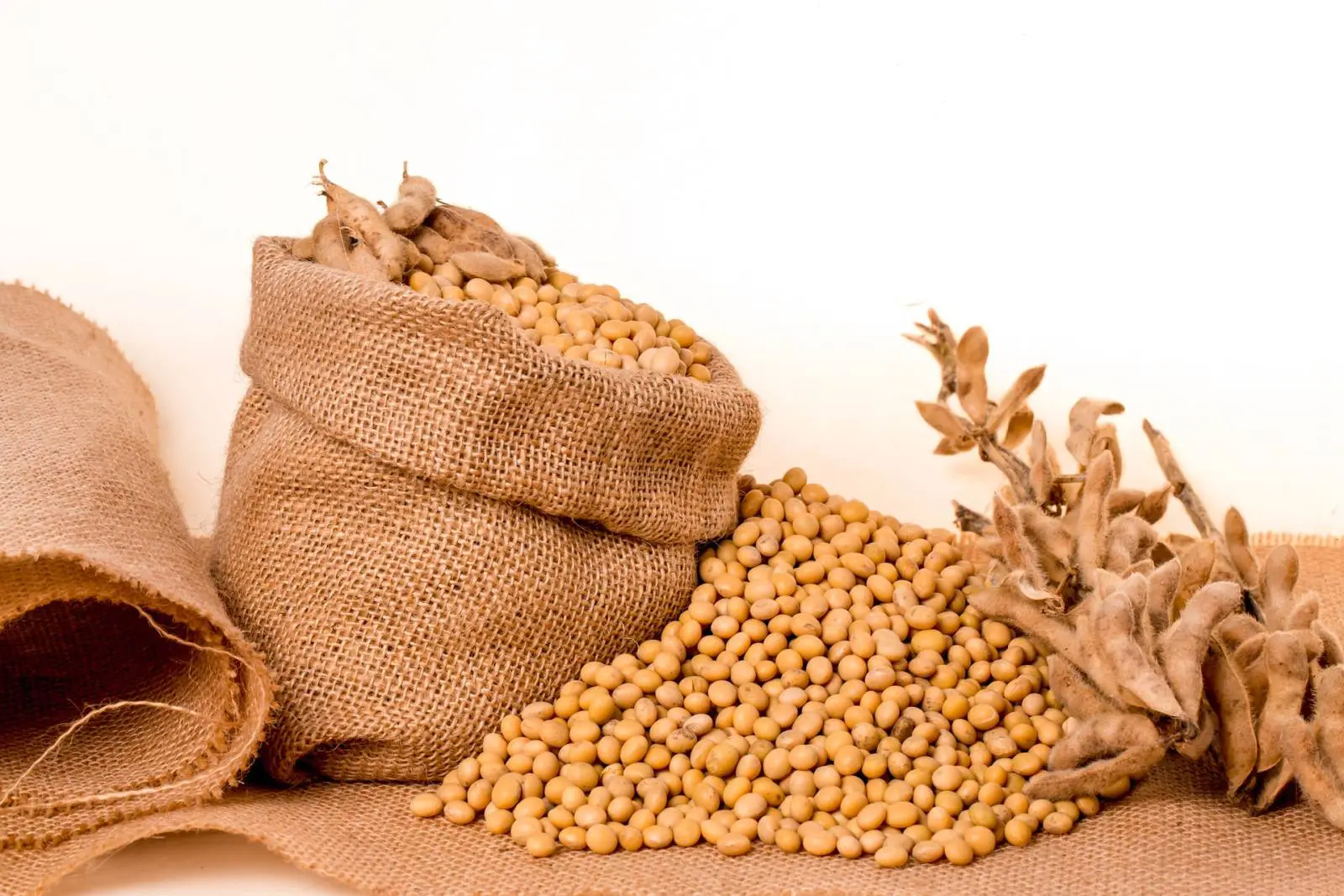For any organization, when it comes to sustainability, there are many perspectives and methods.
As CEO of their farms, soybean farmers like other business leaders, implement sustainable practices that produce the best environmental and economical outcomes for their operations.
Sustainable From the Soil Up

No-till and conservation tilling farming practices hold many advantages. Experts say it’s an excellent erosion controller. It promotes soil-moisture conservation. It builds soil structure and health. And it reduces fuel and labor costs.
Cory Atkins of Seaford, Delaware, has a “never till” mindset. He no-tills 100 percent of his soybean acres and other grain crops. “For me, no-till was a no brainer,” he says. “I didn’t need the equipment. I didn’t need the manpower. I covered 800 acres by myself.”
A Council for Agricultural Science and Technology study confirms Atkins’ experience. This study, supported by the soy checkoff, reveals
- When no-till planting, farmers made an average of 1.8 fewer trips across the field.
- A decrease in the number of trips across the field translates to decreased fuel usage and decreased carbon dioxide (CO2) emissions from farm equipment.
- The decreased CO2 emissions brought about by no-till farming in 2008 were equivalent to removing 125,750 cars from the roads each year.
And farmers continue to increase no-till practices. In 2017, 77 percent of farmers used no-till, conservation till or a combination of tillage practices.
Like Atkins, Peter Bakken of Rock County, Minnesota, incorporates no-till whenever possible.

“Some years we have weather issues, so no-till doesn’t always work,” he says. “Where we do have no-till soybeans, we have seen a considerable advantage in moisture retention and soil erosion.”
Through participation in a Discovery Farm Minnesota project, Bakken proved his no-till fields’ high water-holding capacity, which minimizes runoff.
“One year, my area was hit with 13 inches of rain, and my fields retained all but six-tenths of an inch,” he recalls. “That’s a clear illustration of the benefits to no-tilling.”
Driving Improvement
Farmers adopt practices specific to their operations with the latest research to increase sustainable outcomes and meet increasing consumer demand for sustainable ingredients.
“Farmers have to find the right sustainability practices for their specific region and operation,” Atkins says. In some areas, solar energy is becoming more beneficial to farm energy management. Other operations benefit from cover crops to prevent erosion and nutrient loss.
For most farms precision technology tools guide those changing practices.
“Technology is going to play a large role in sustainability moving forward,” Atkins says. “Whether it be auto-steer or variable rate planting.” Bakken says technology improves stewardship.
“It’s using what we have to produce more. It’s making sure our business will continue to function. It’s leaving things better than the way we found it.”
Bakken also recognizes that data and outcomes are important to the thousands of companies that depend upon U.S. soy.
“Consumers are going to demand more sustainability from us, and it will be our jobs as producers to not only meet these demands, but help consumers understand what we are doing on our farm to meet them,” Bakken says.
